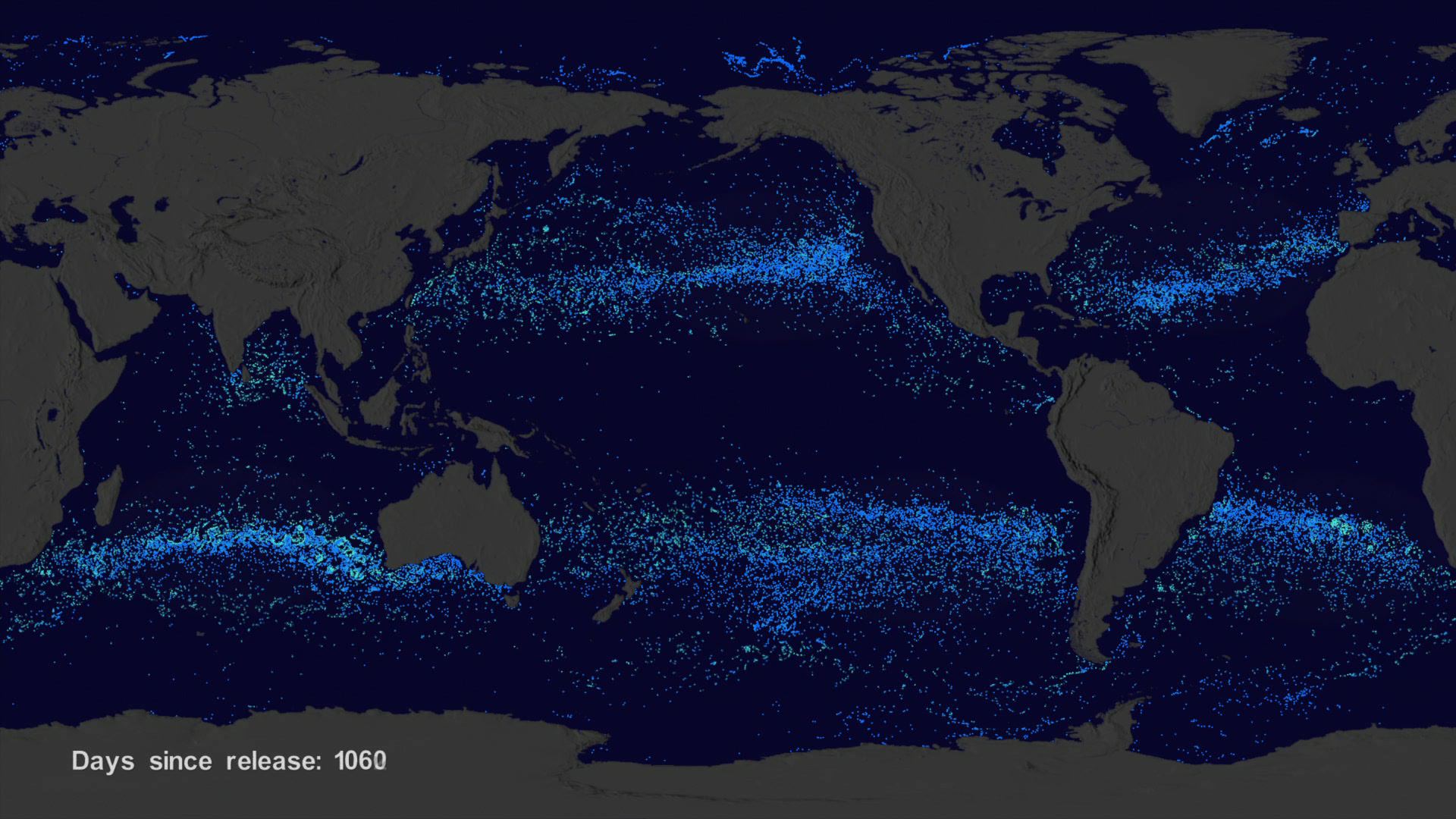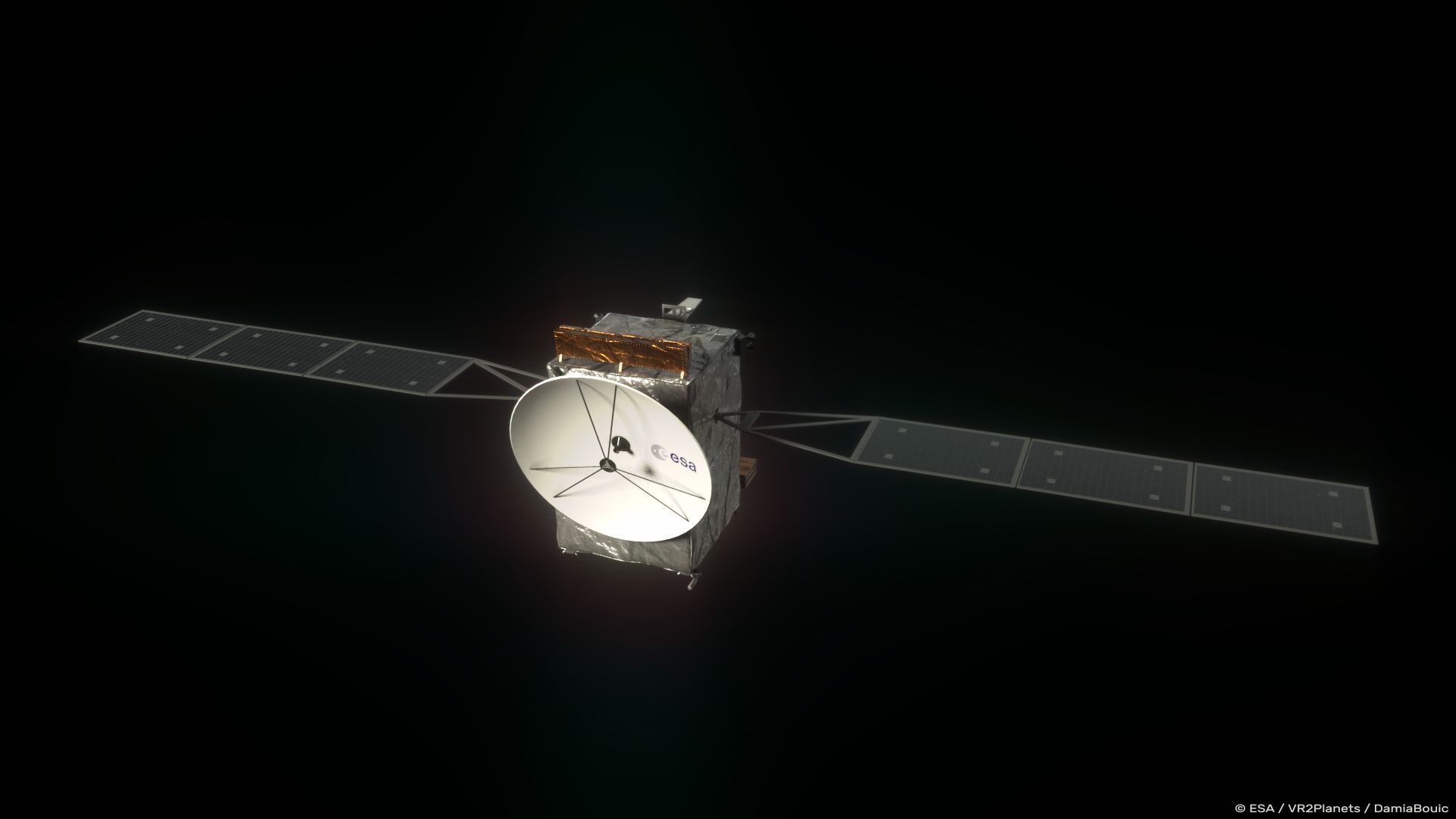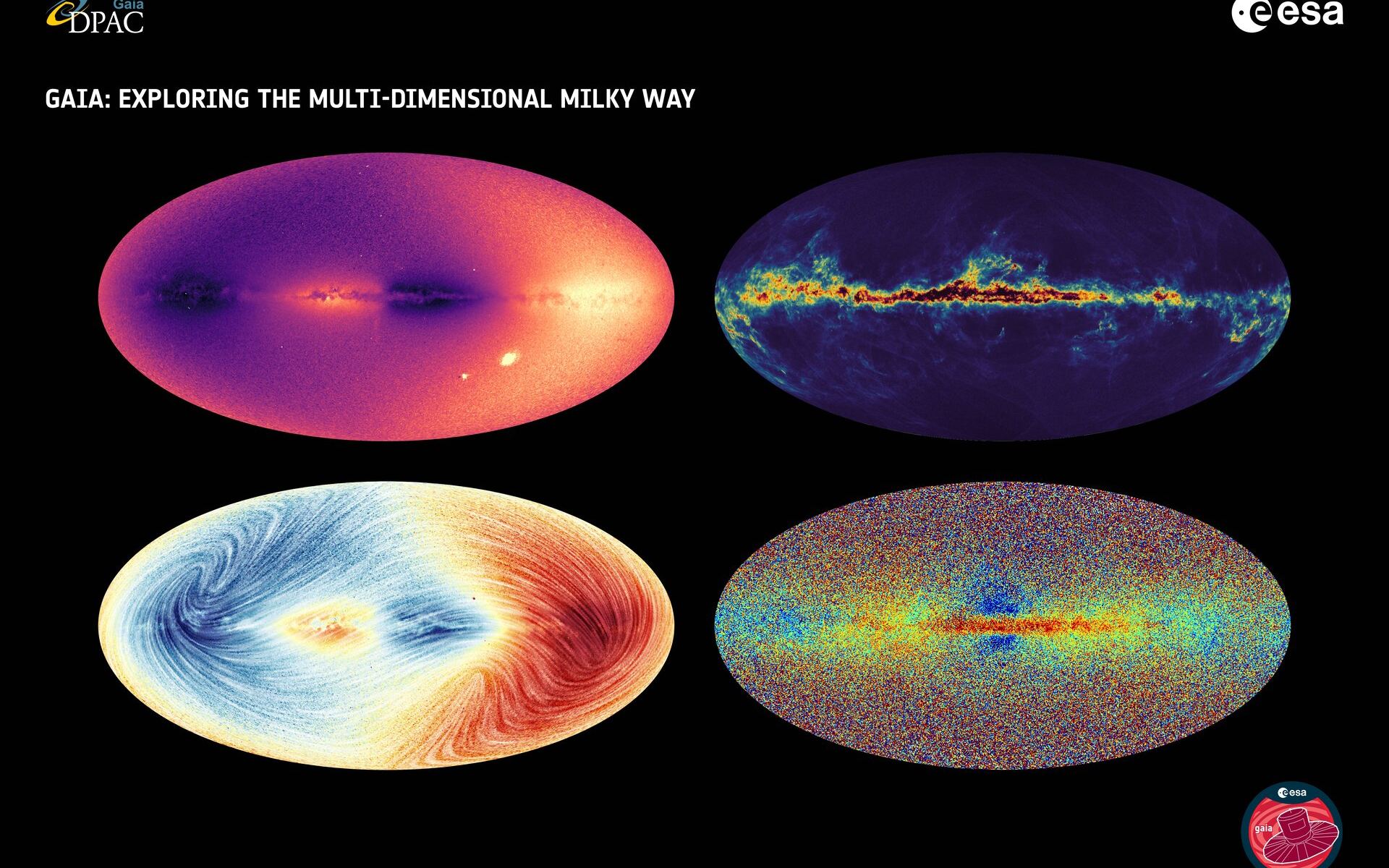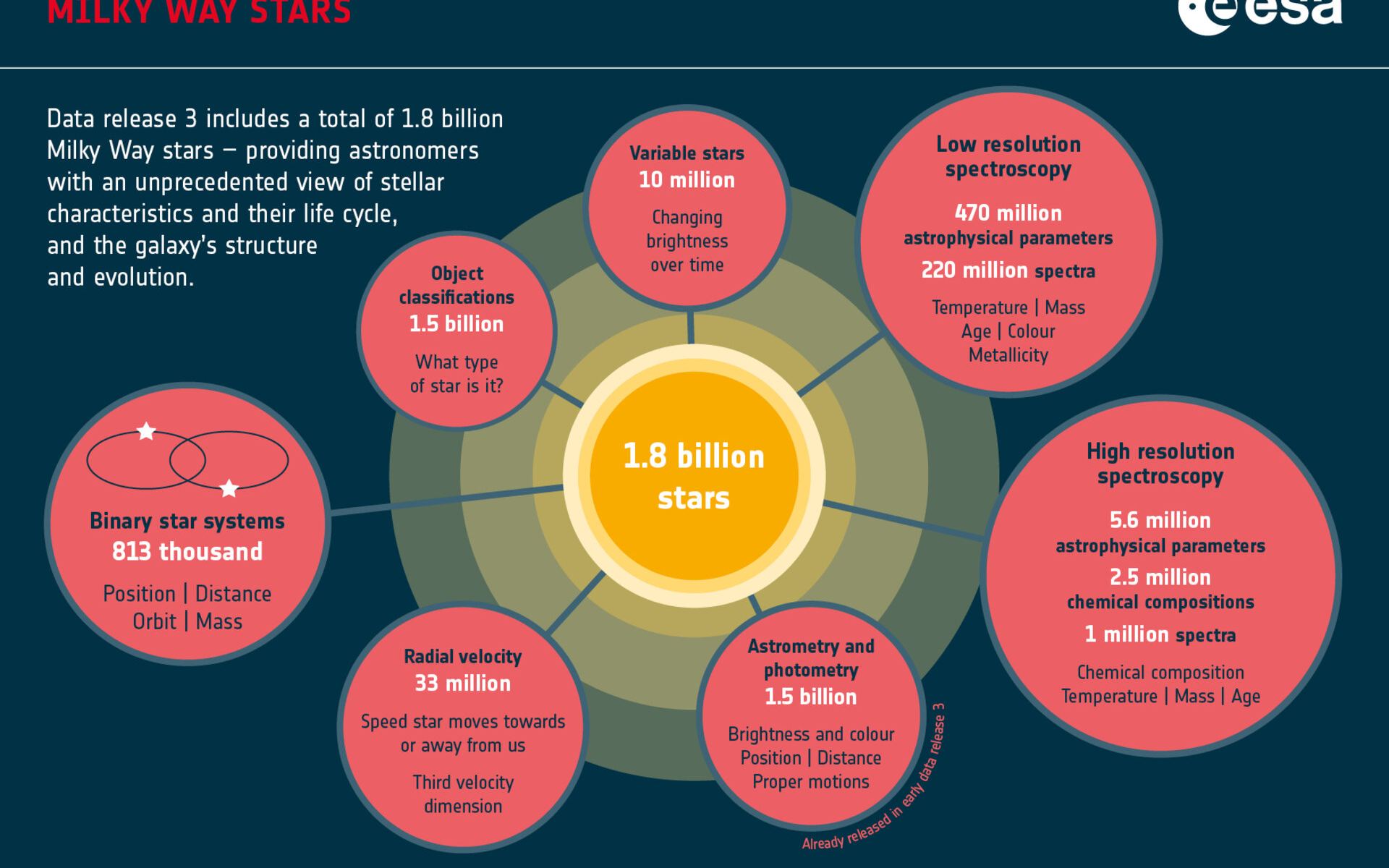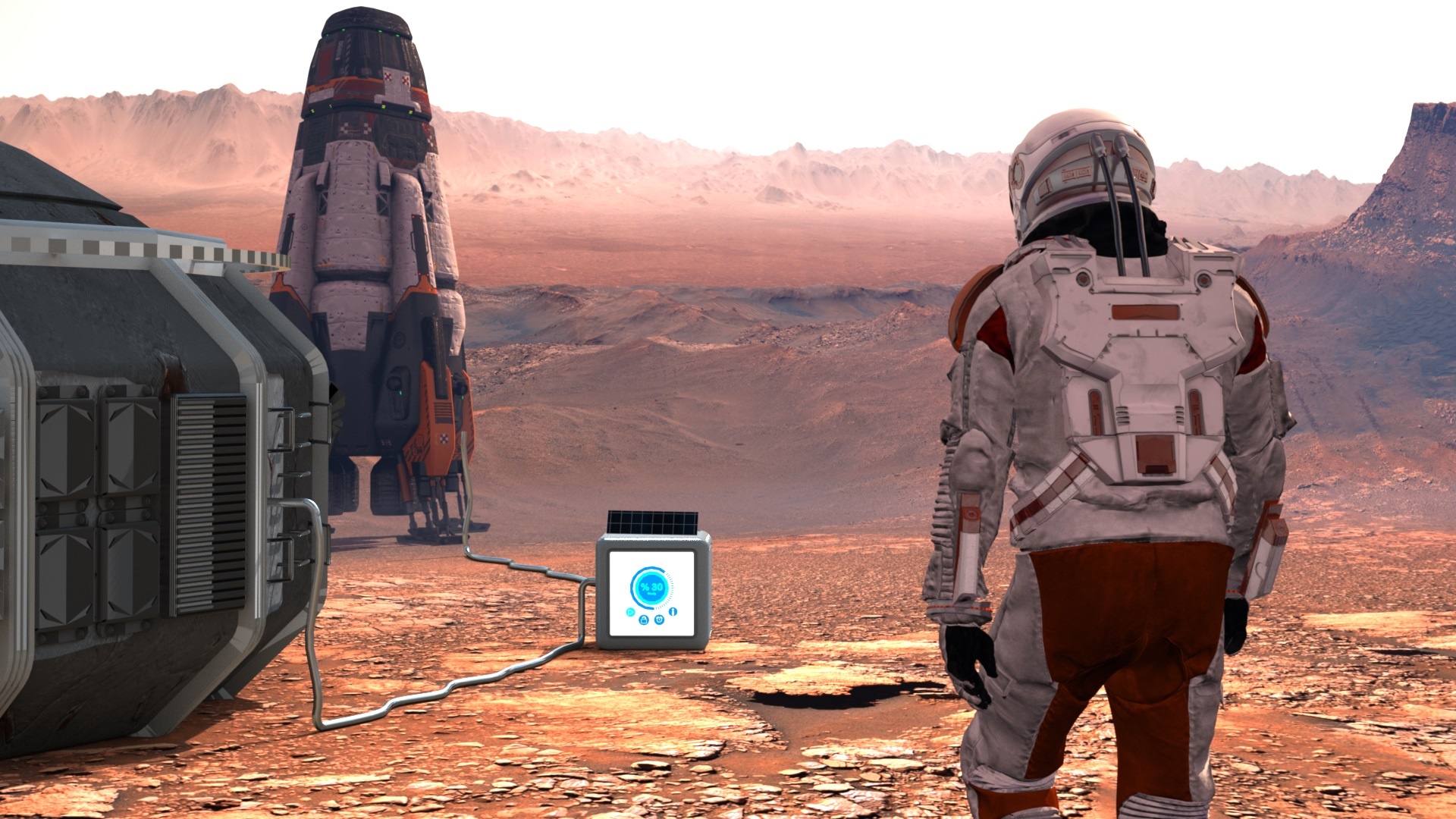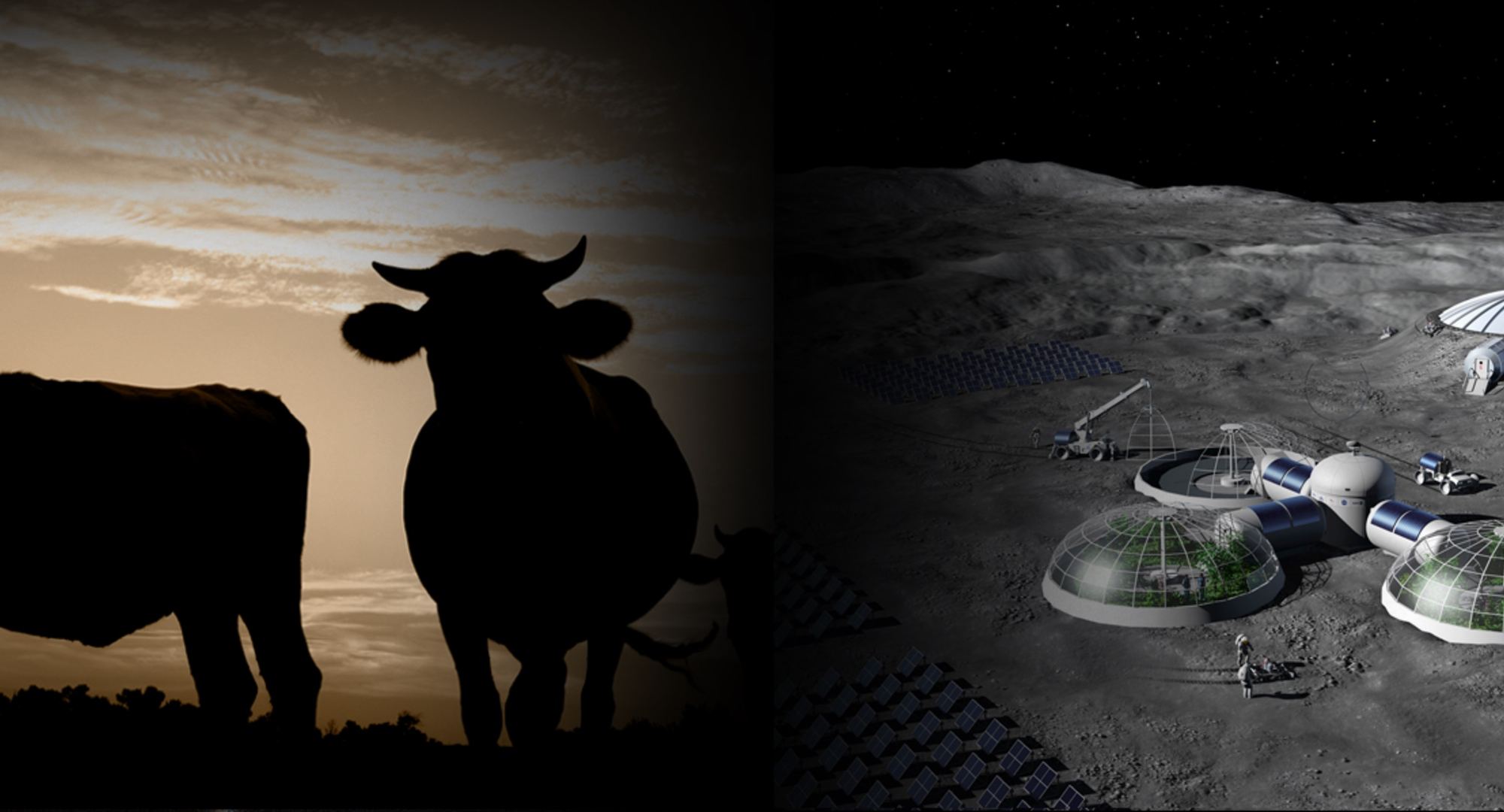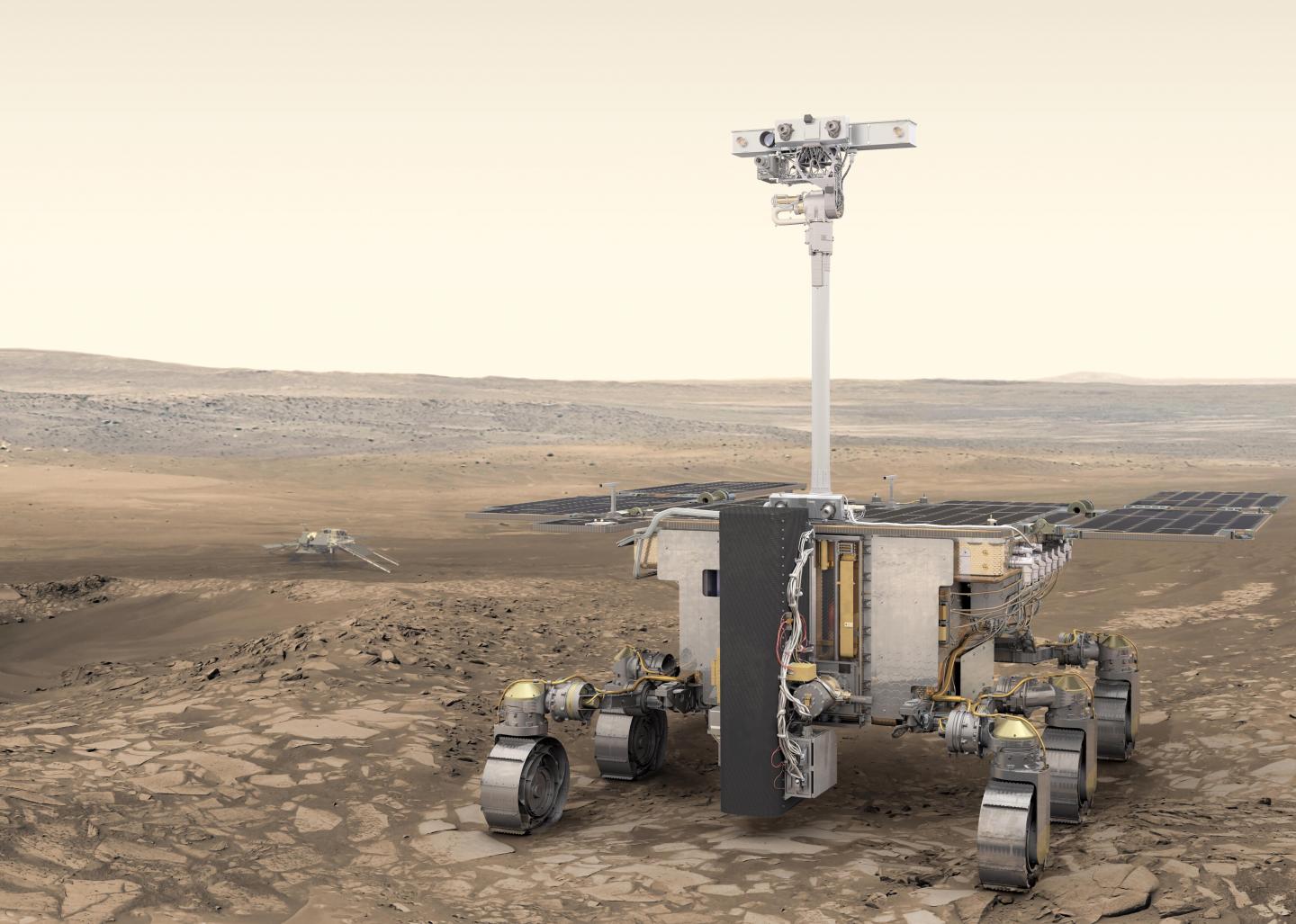In this decade, multiple space agencies will send astronauts to the Moon for the first time since the Apollo Era. In addition to NASA, the ESA, China, and Roscosmos, commercial space entities like SpaceX and Blue Origin are hoping to conduct regular missions in support of human exploration while also mounting their own private ventures. In time, this activity could result in the creation of permanent infrastructure, a regular human presence, and the emergence of a lunar economy. Nevertheless, there are many questions about how humans will live in lunar conditions and what type of facilities will be needed.
To this end, the Austrian-based inflatable structures specialist Pneumocell recently conducted a study to determine if lightweight prefabricated structures would be a suitable option. According to this study, a series of donut-shaped inflatable structures could be transported to the Moon at a low cost, where they would then be inflated. The habitats would be partially buried beneath the lunar regolith and surrounded by solar mirrors that could direct sunlight into their greenhouses. This “Inflatable Moon Habitat” offers a cost-effective and highly self-sufficient means of establishing a foothold on the Moon.
Continue reading “Bouncy Castles on the Moon. Inflated Habitats Might be the Best Way to Get Started on a Lunar Base”

